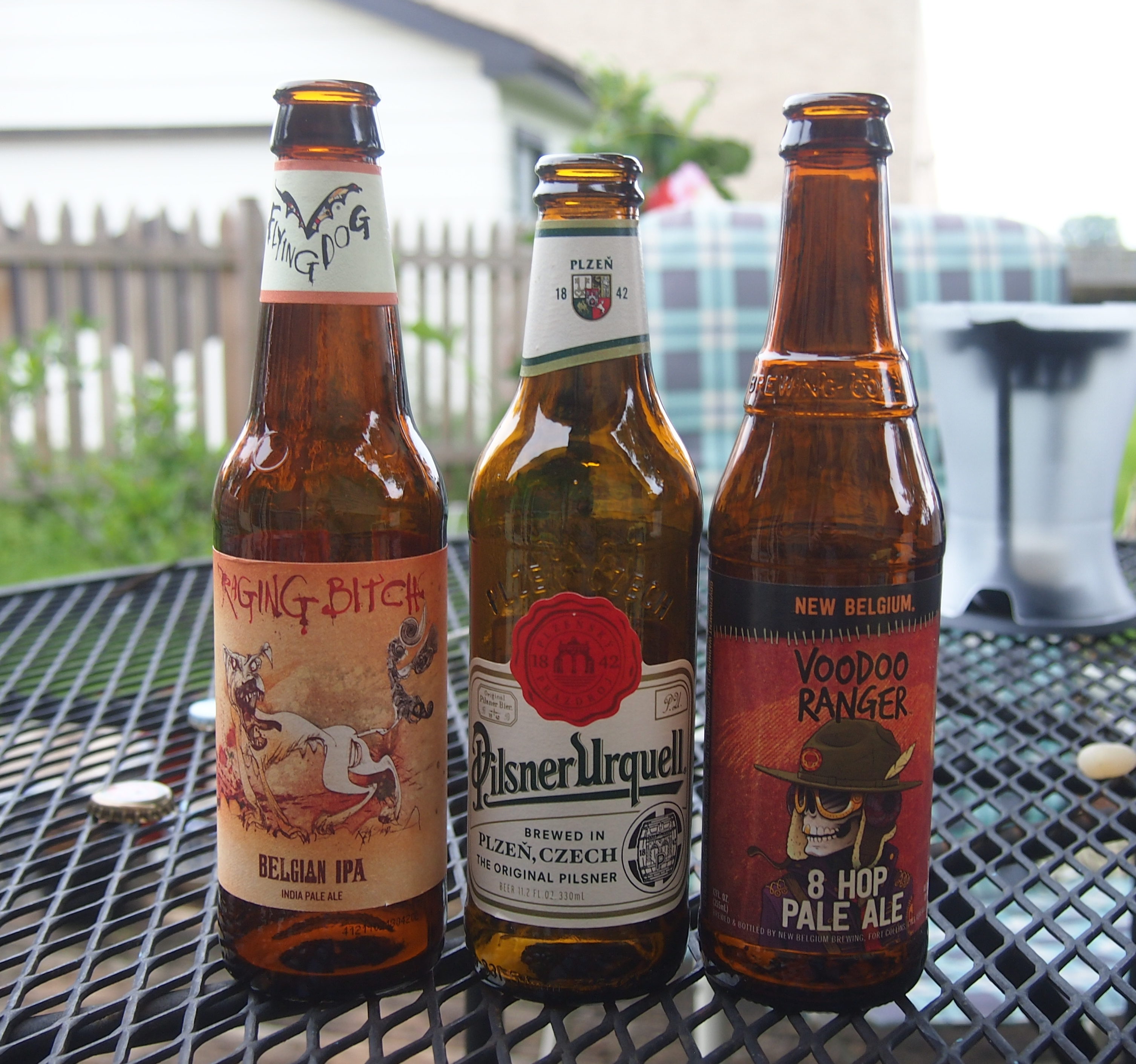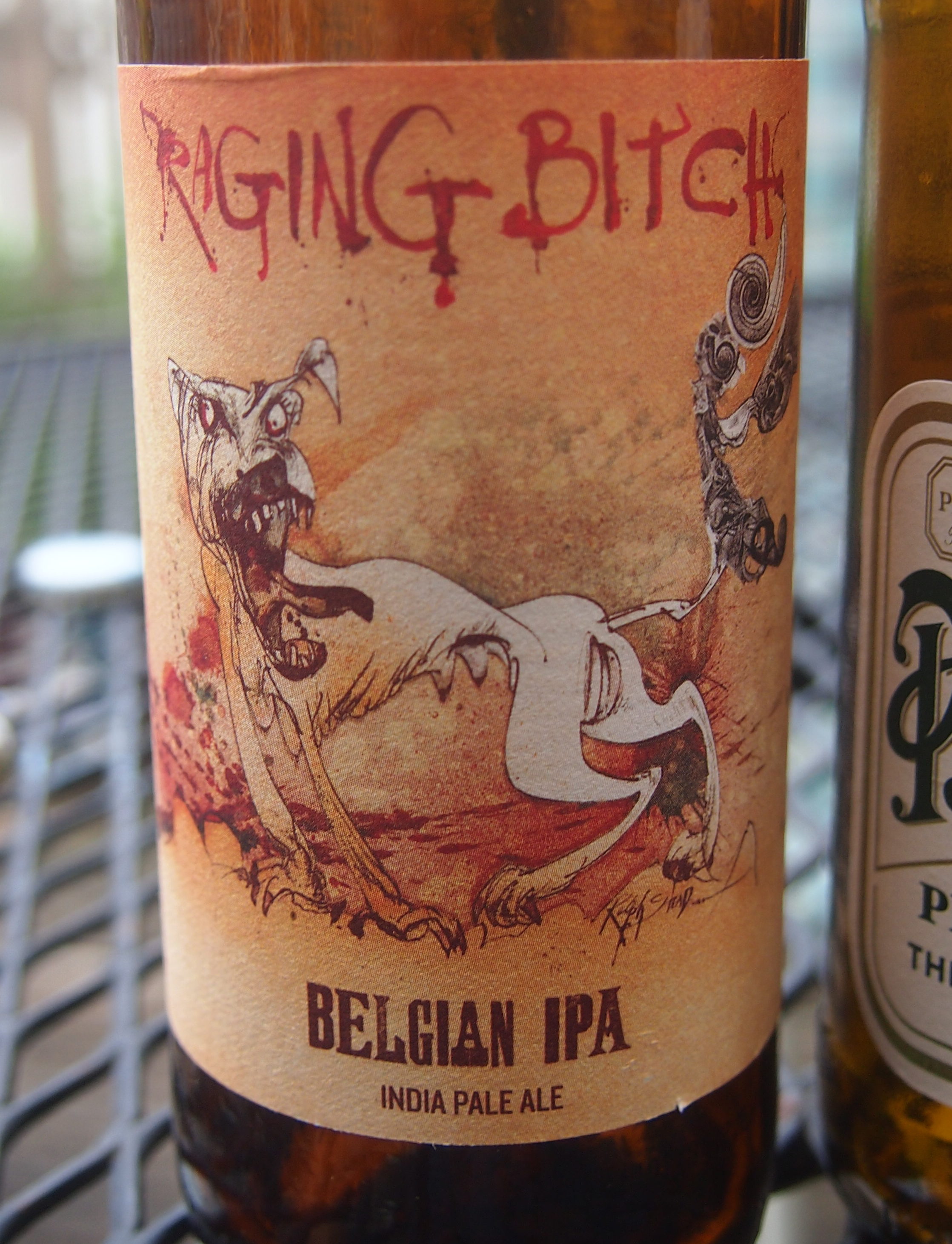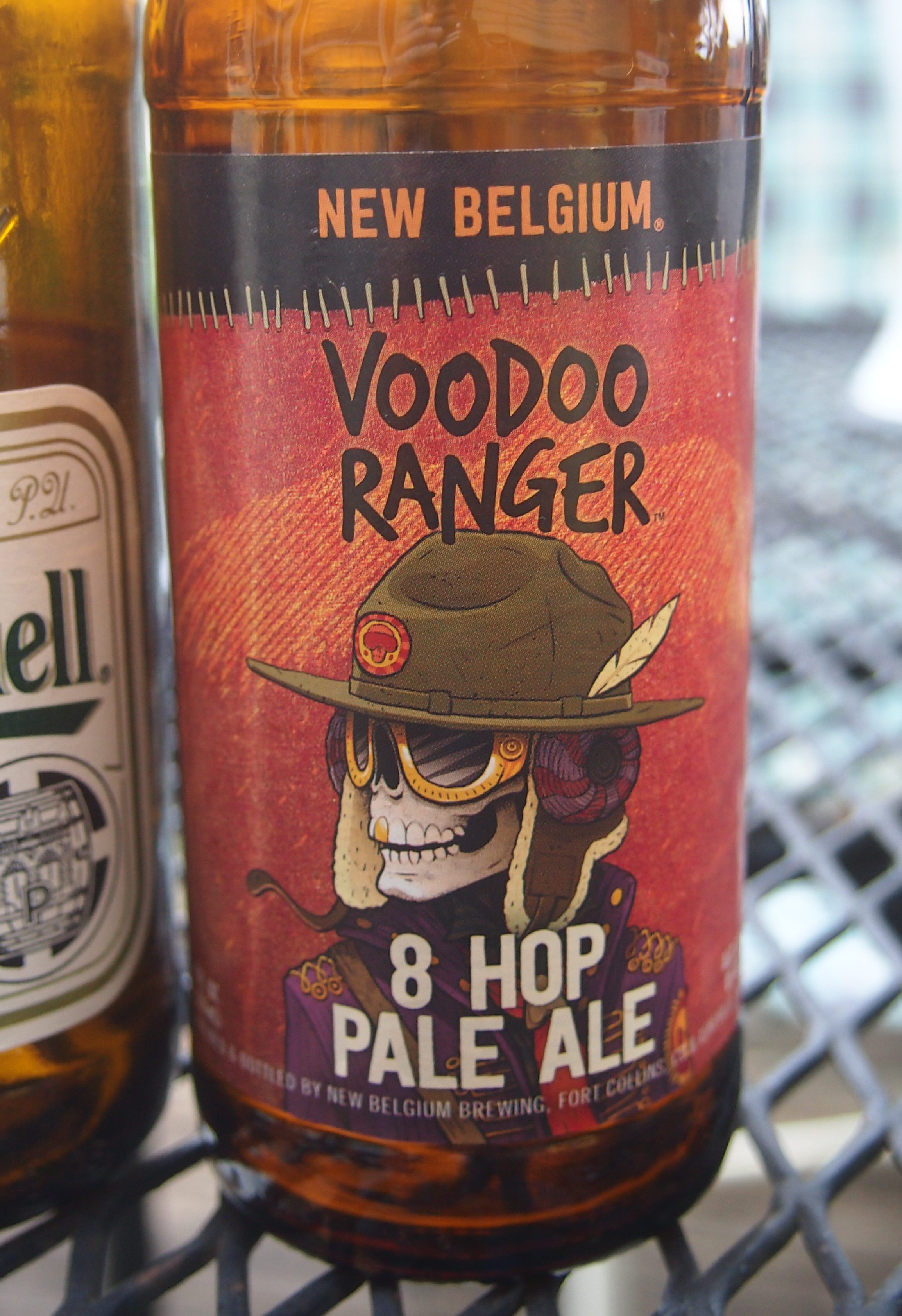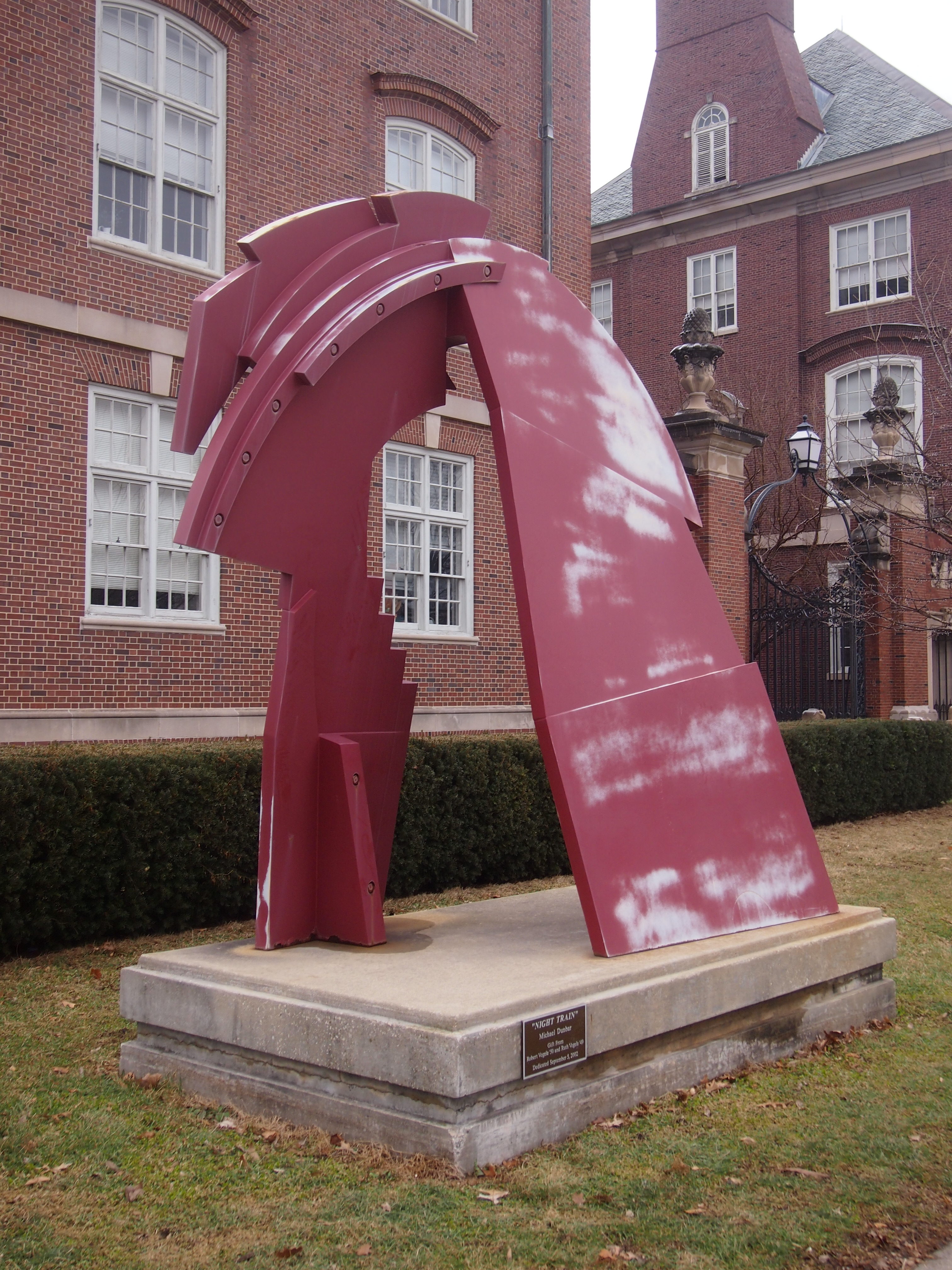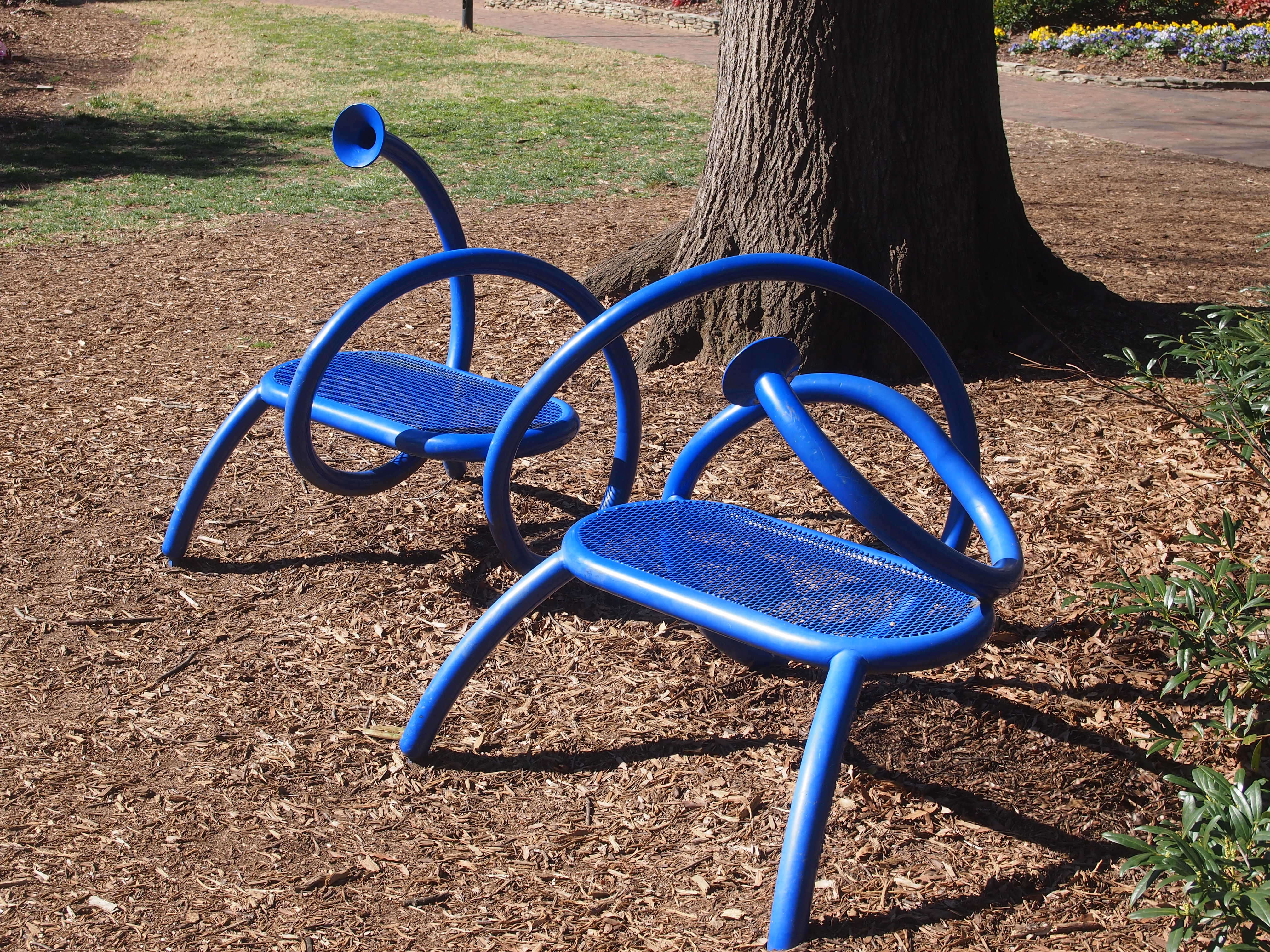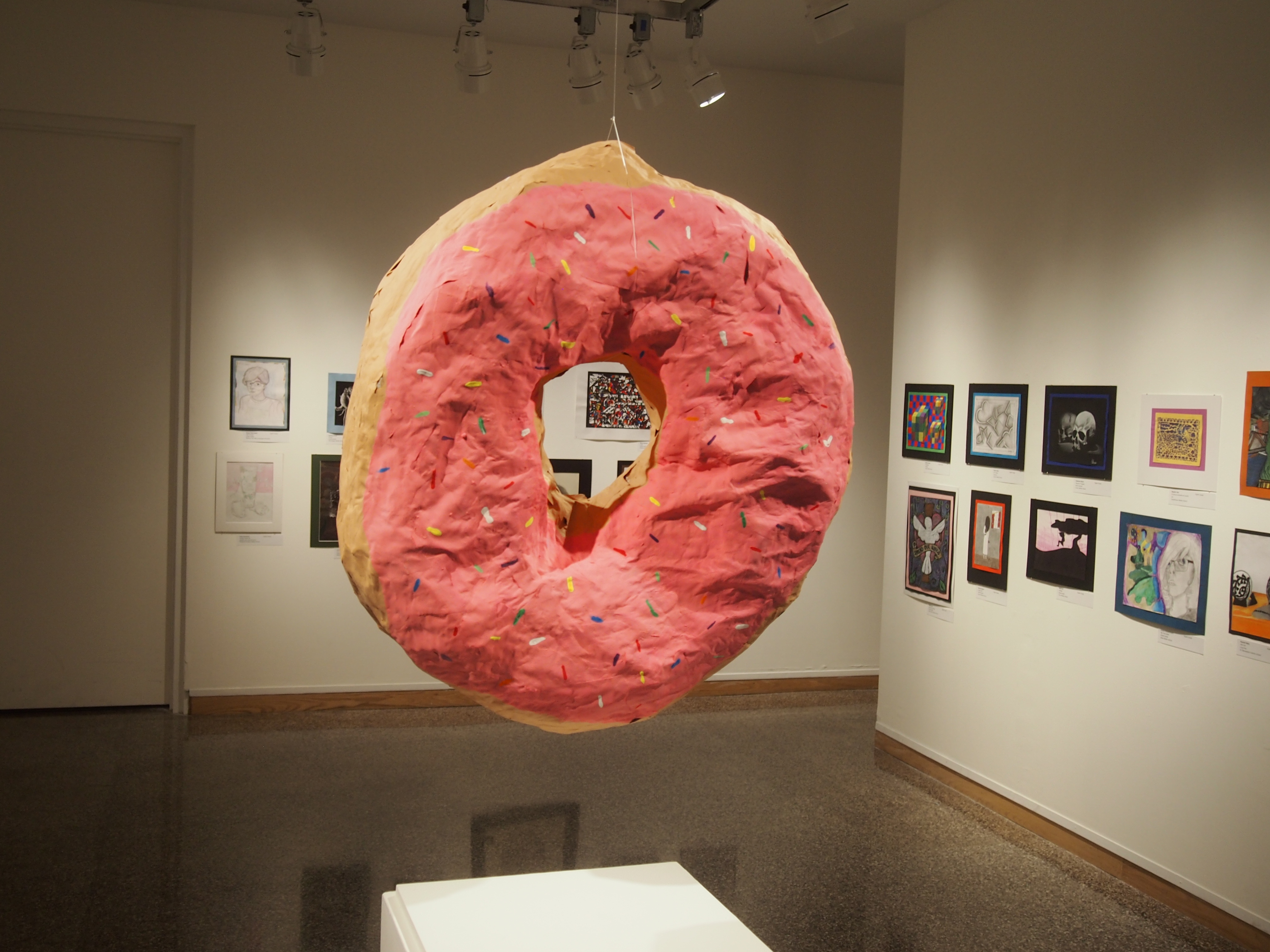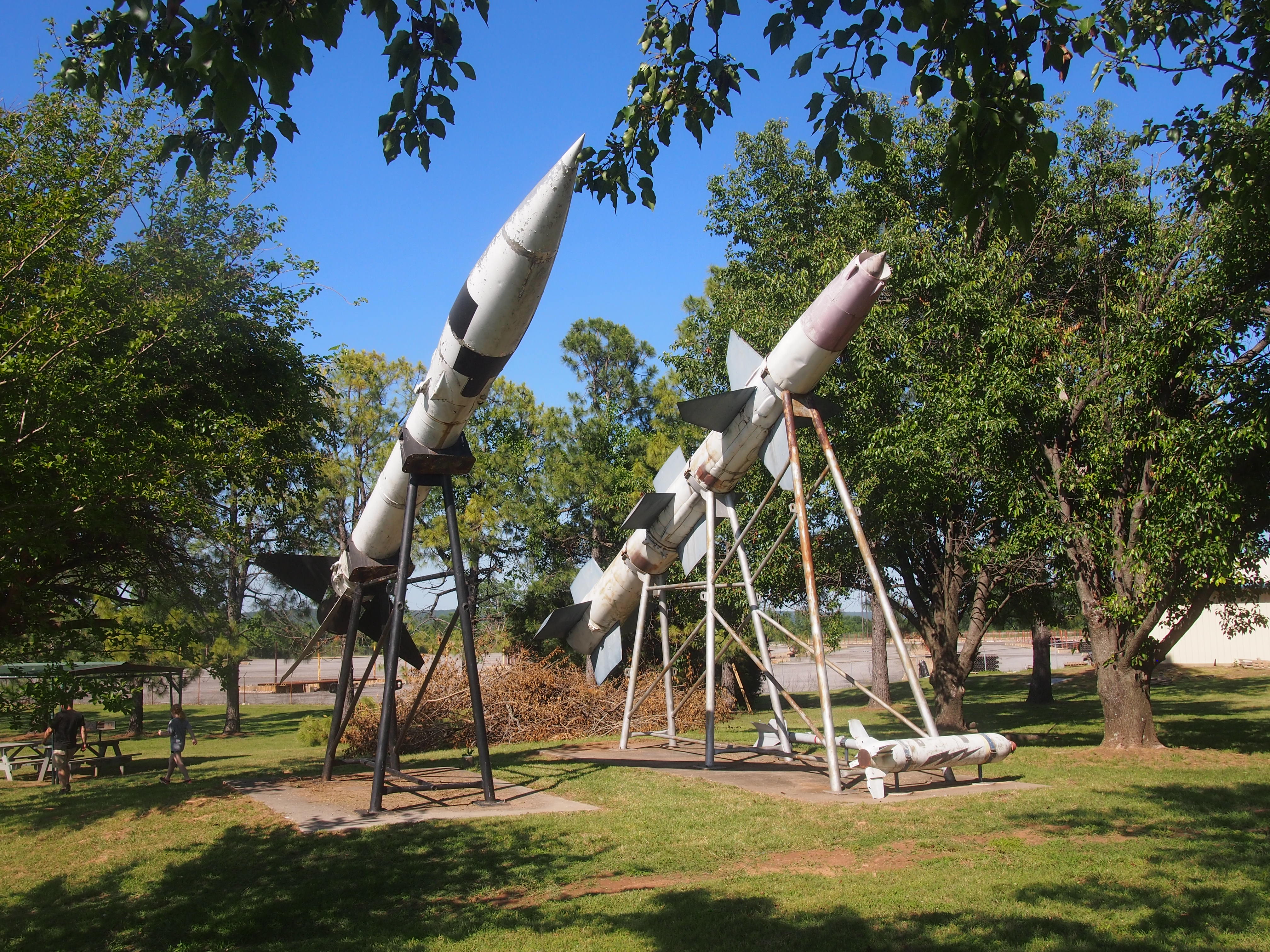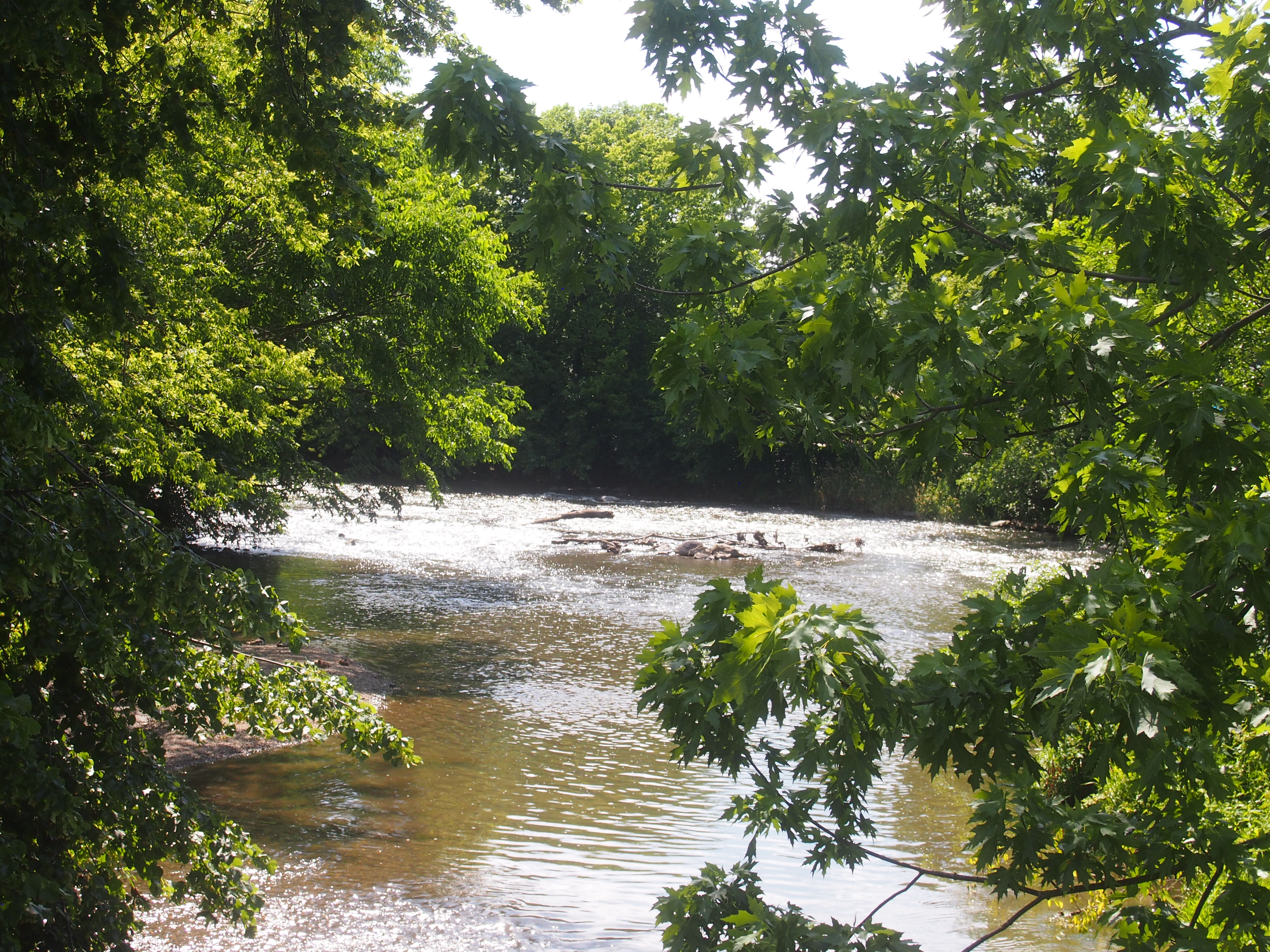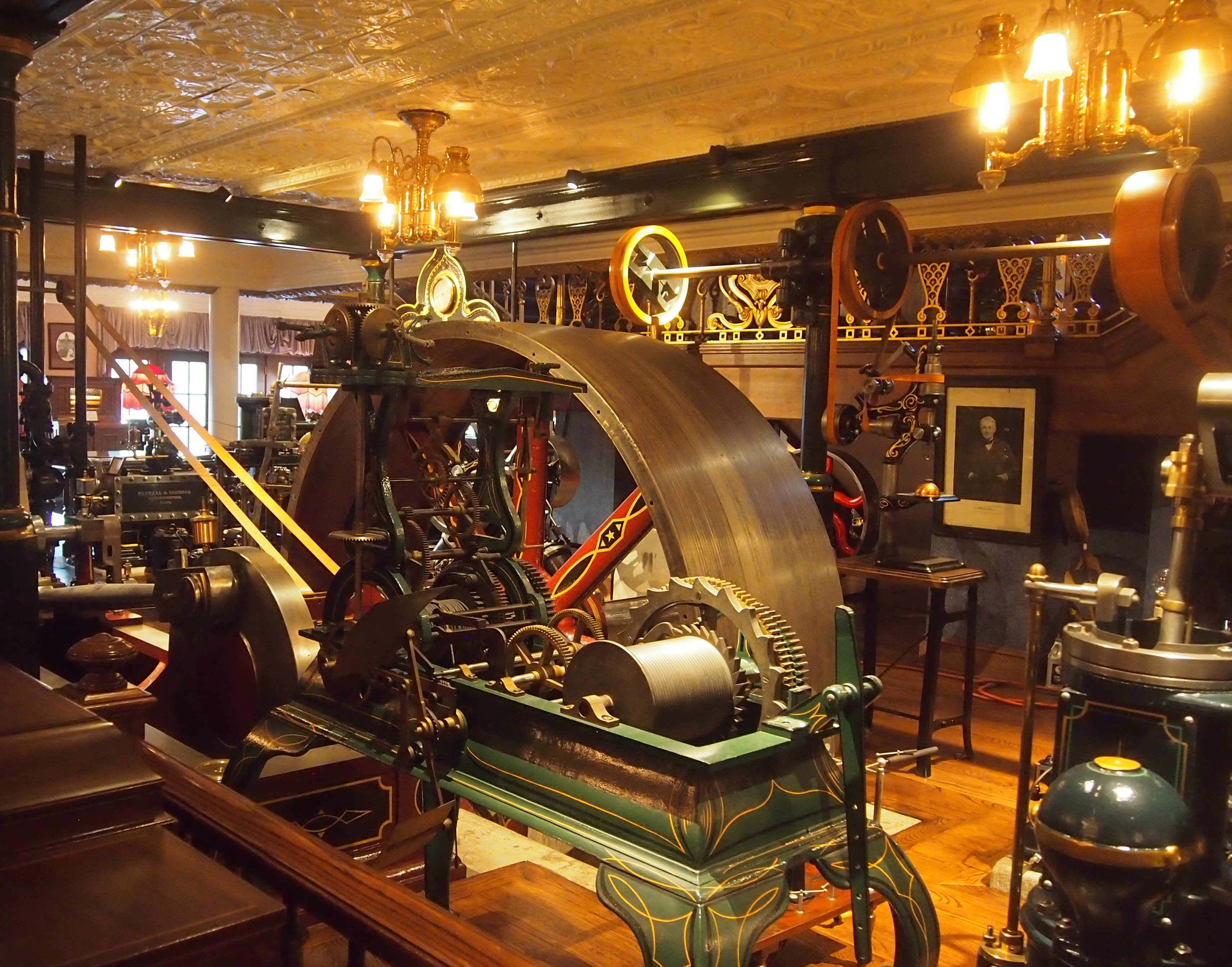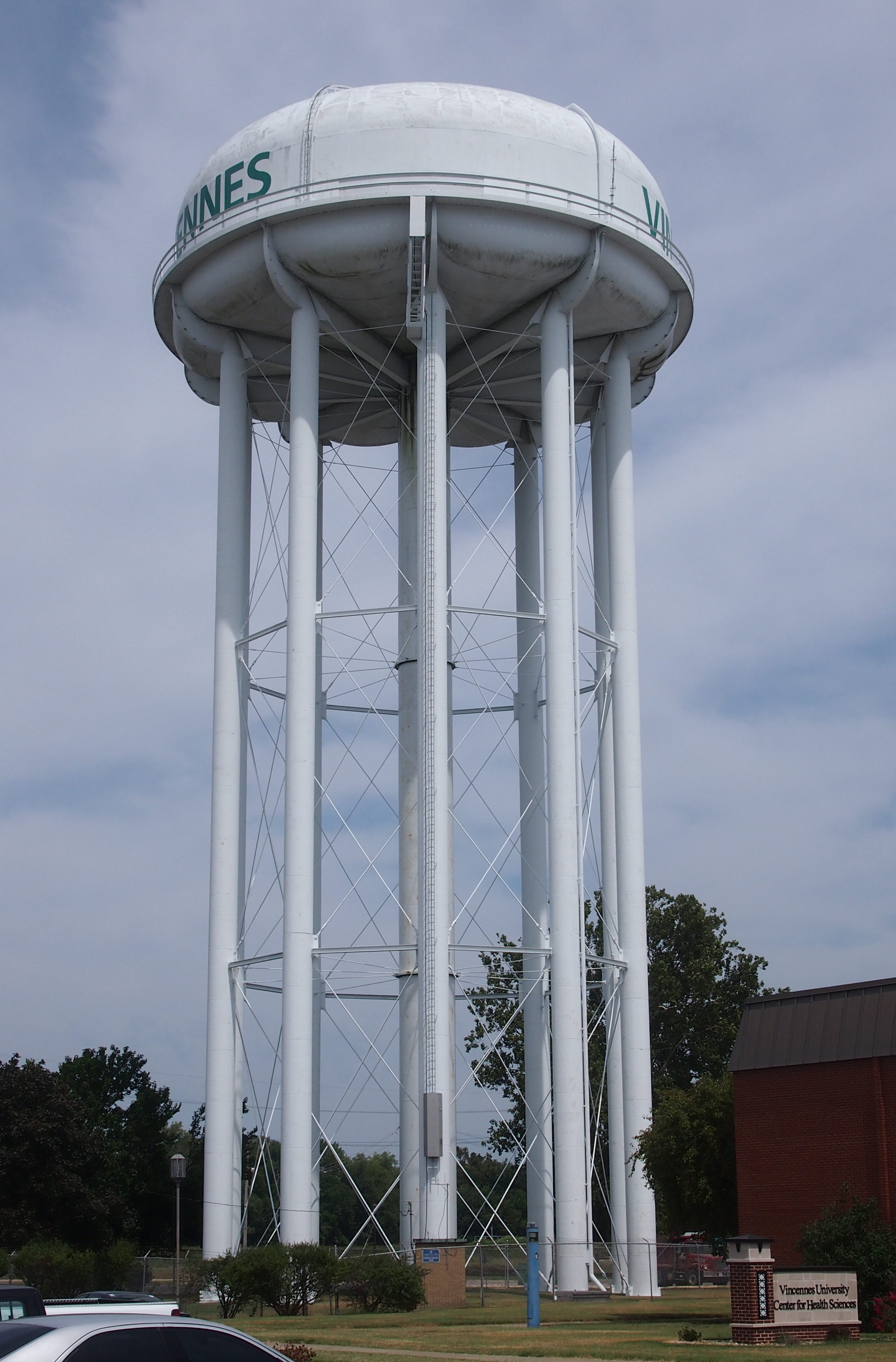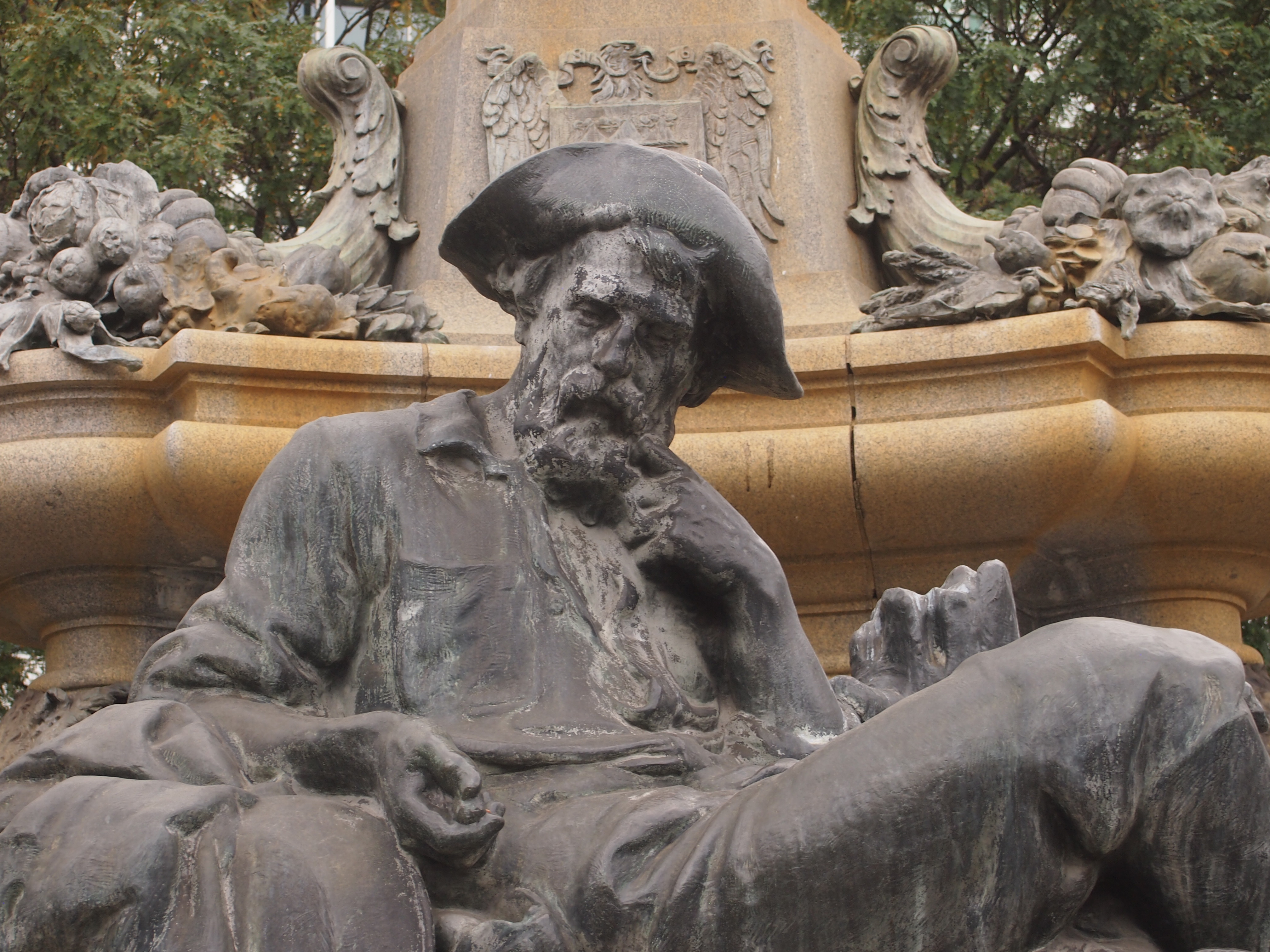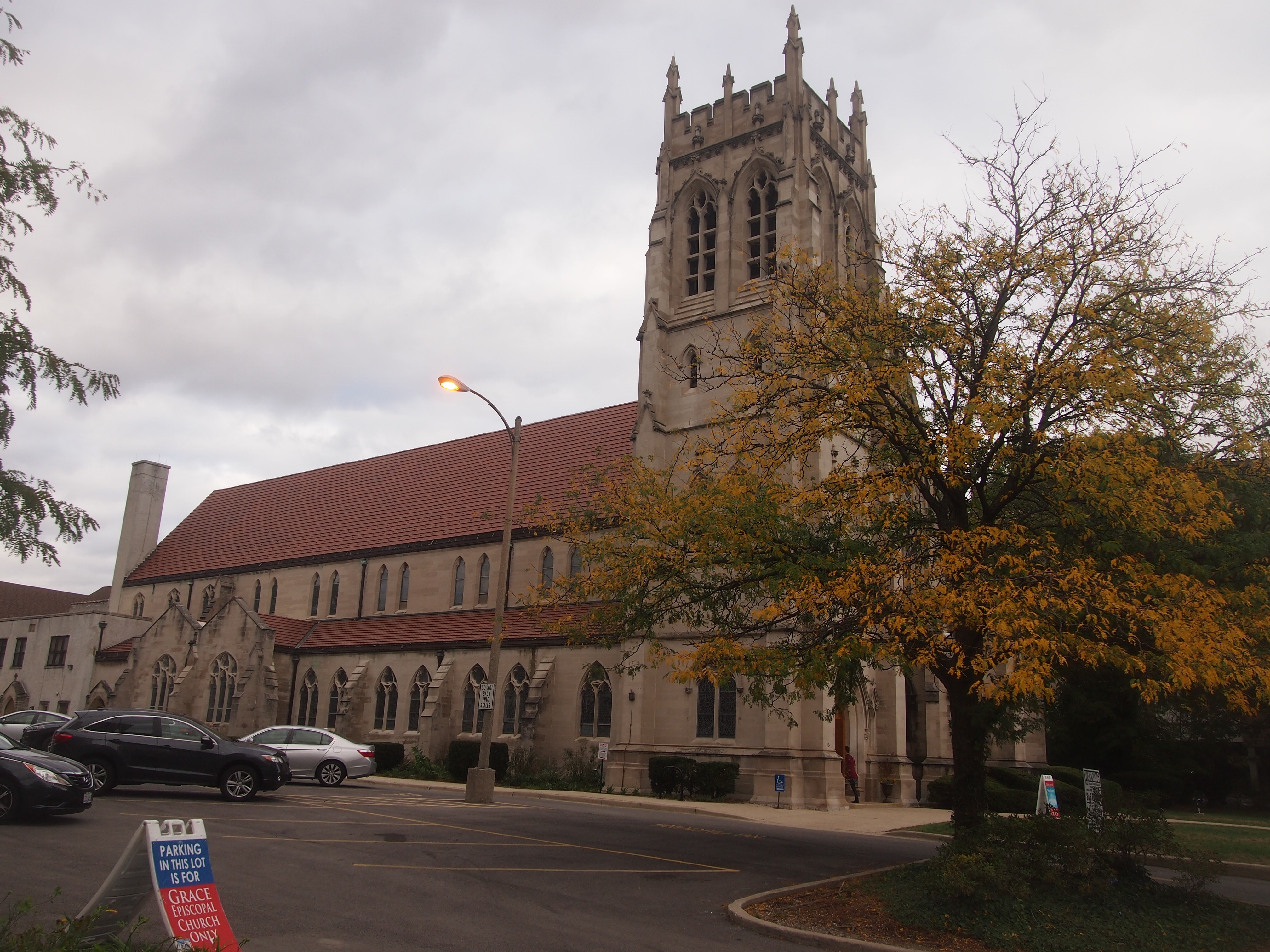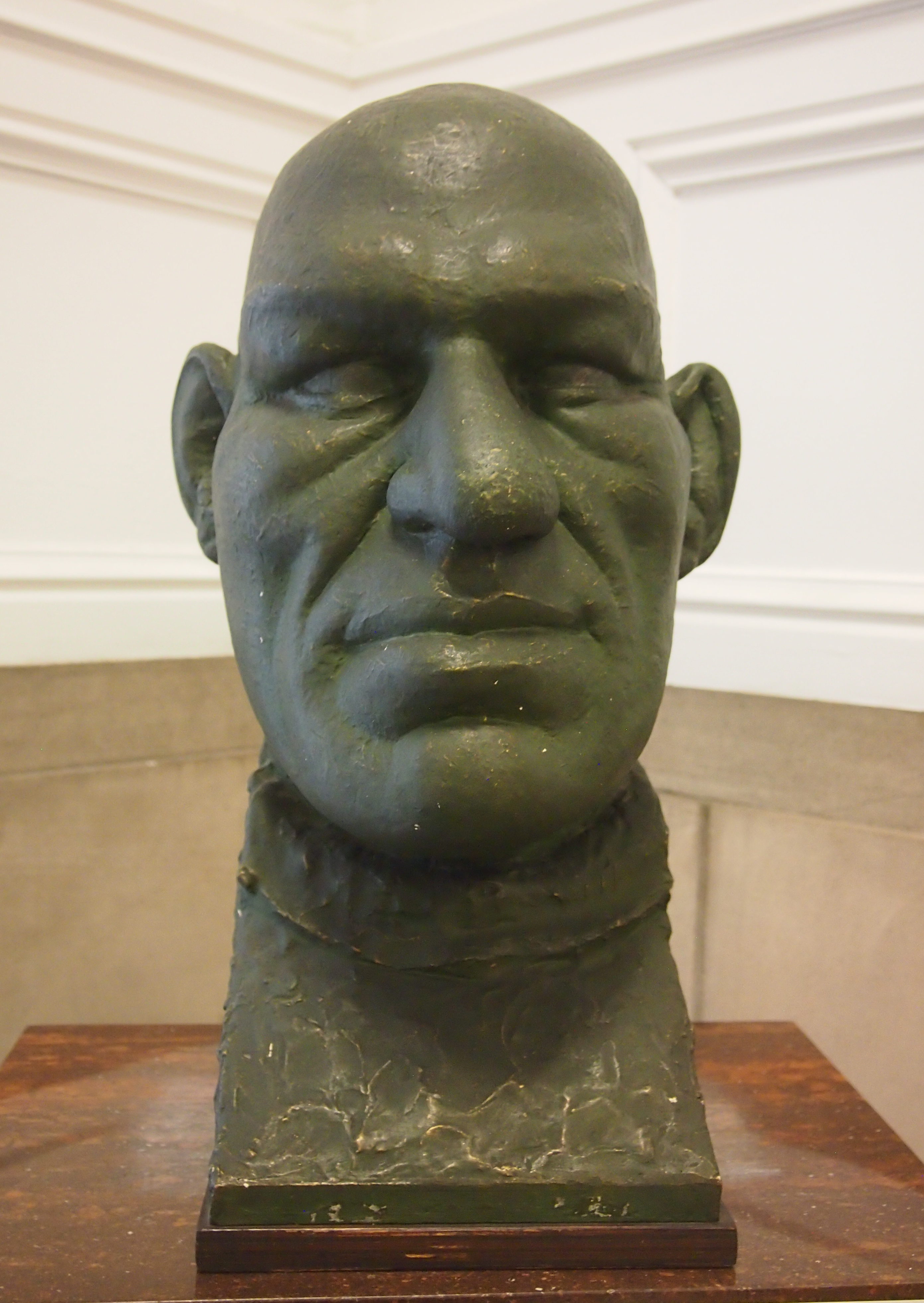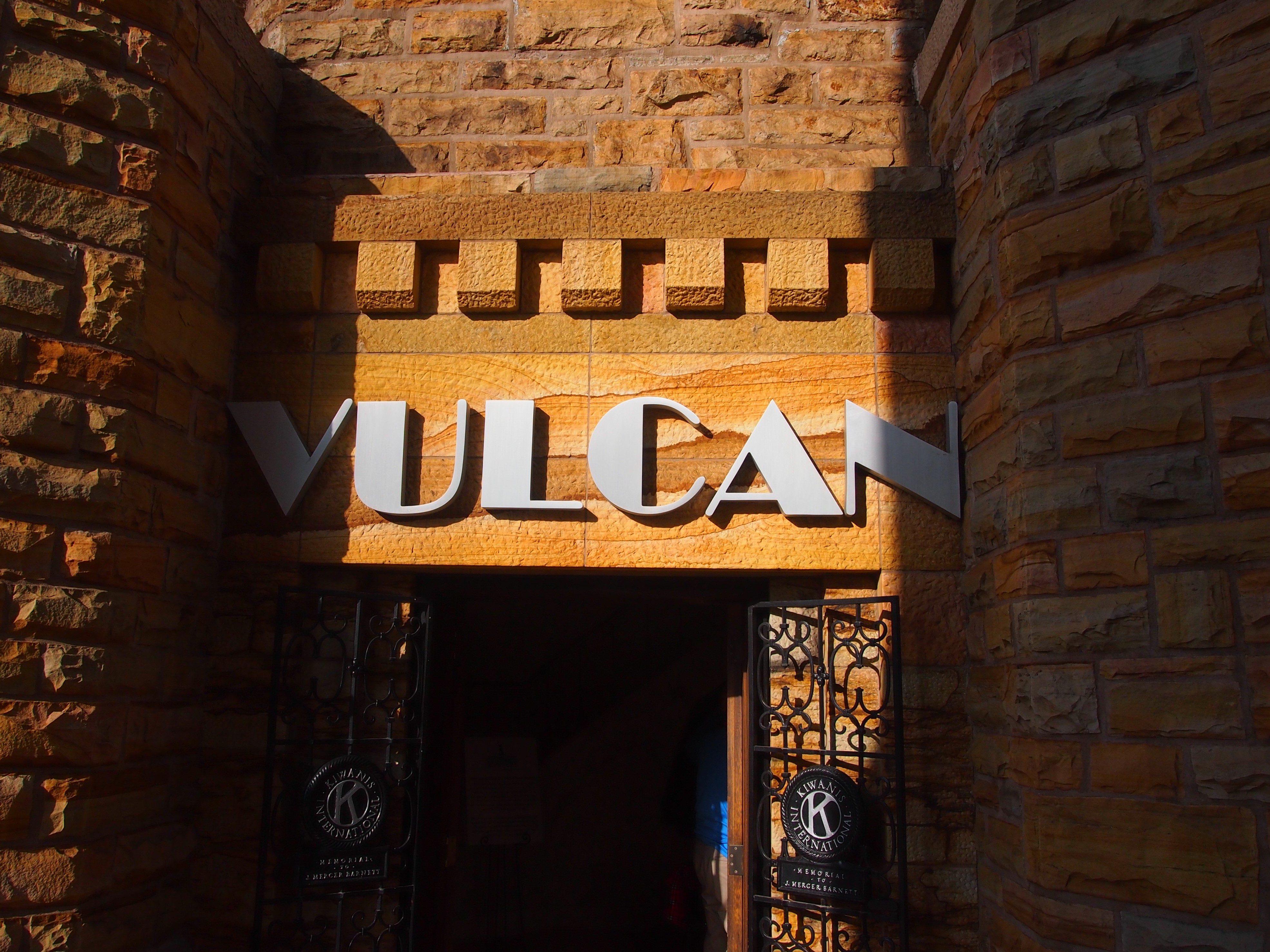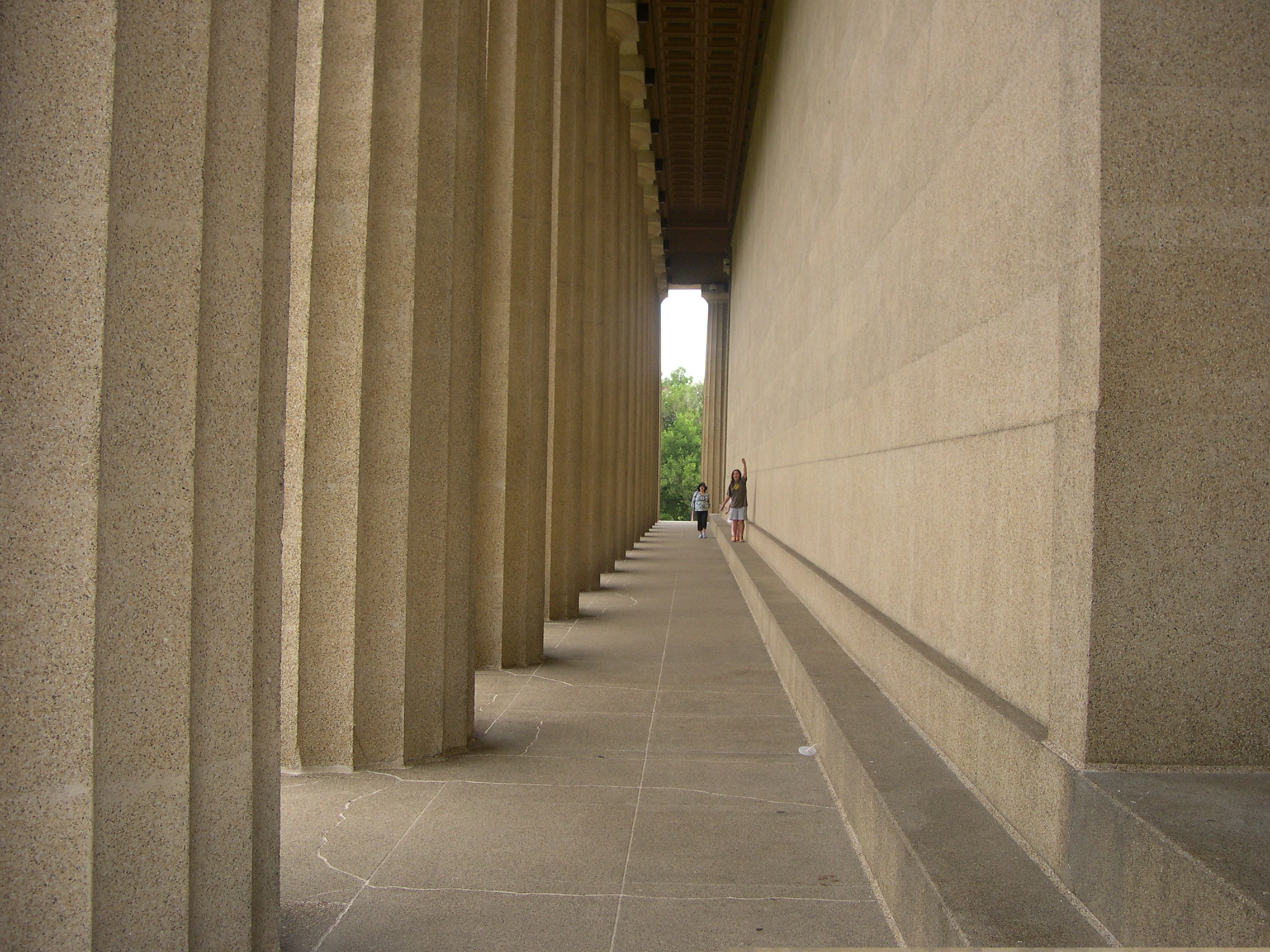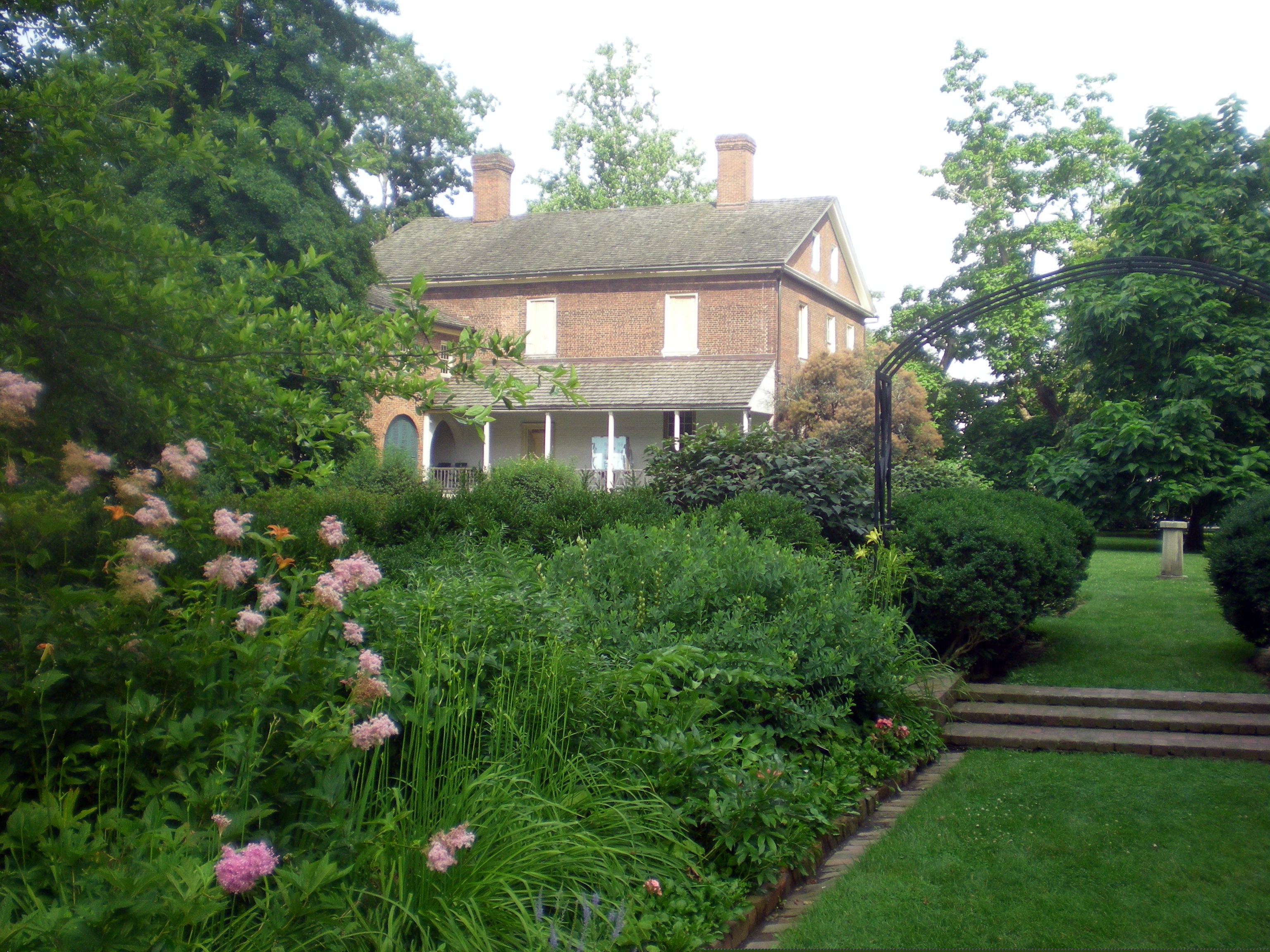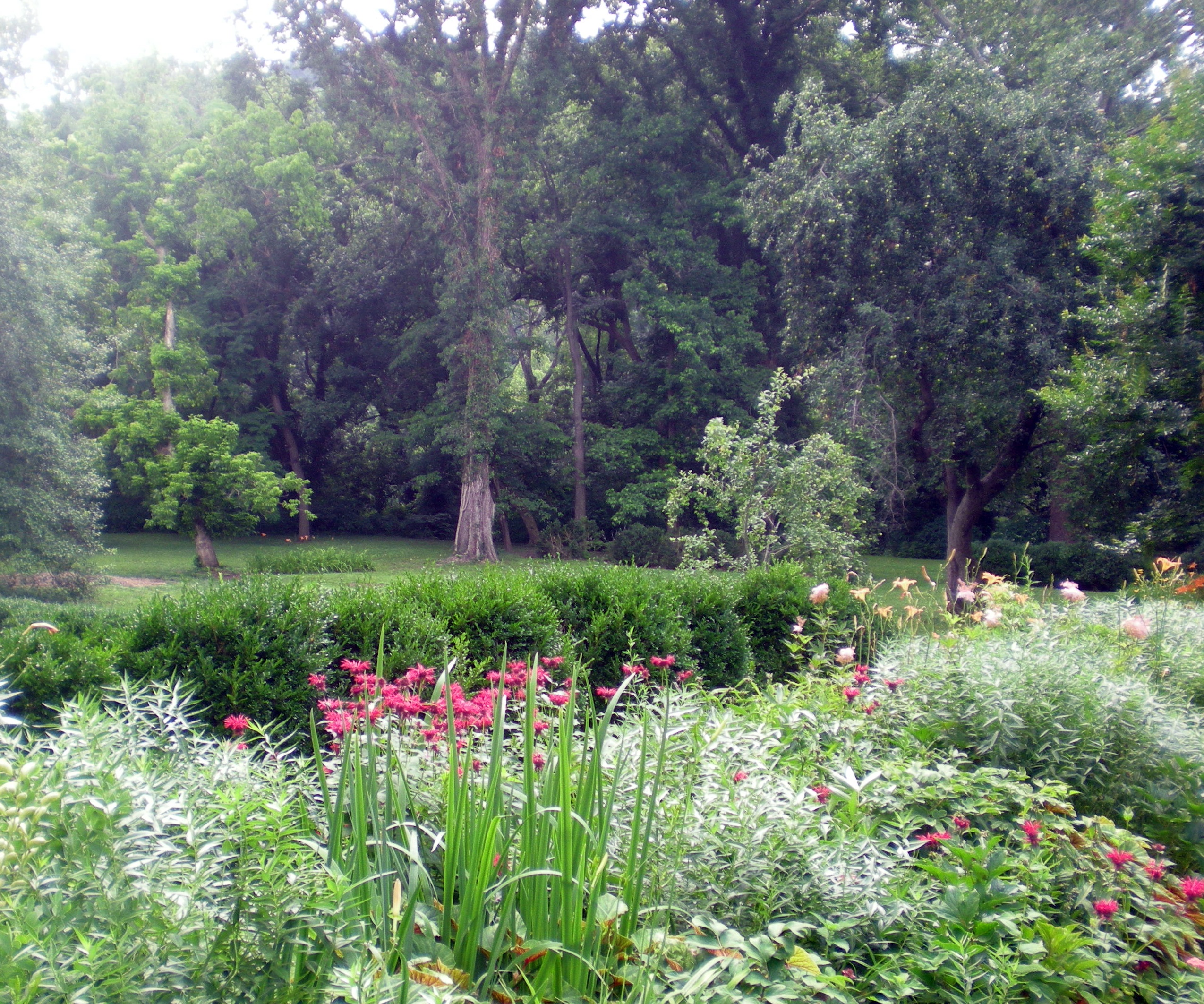Has it been five years since I visited Charleston? It has. Seems like an age ago, but so does everything before about two years ago. Still, it was a good trip, and it reminds me that I ought visit that part of the country again.
To facilitate my visit to Charleston, I flew in and out of Charlotte, driving from there. That was another place I’d never been but, interestingly, had been writing about as a real estate market for a few years at that point (I don’t any more).
I was able to spend a few hours looking around downtown Charlotte, which is actually known as Uptown Charlotte. It was a hopping real estate market at the time, with a lot of construction.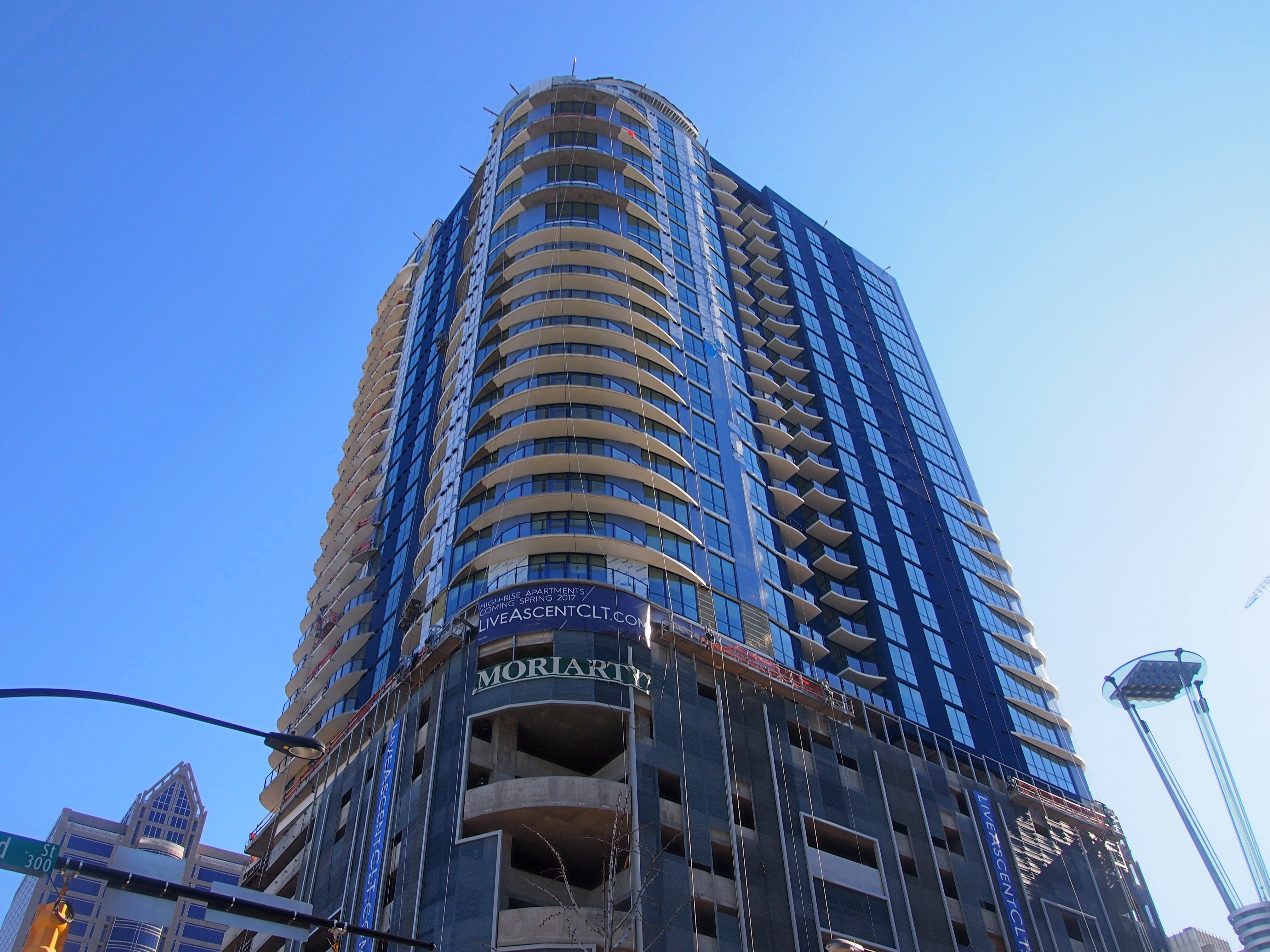

Along with fairly recent developments, such as this apartment tower (VUE, completed in 2010).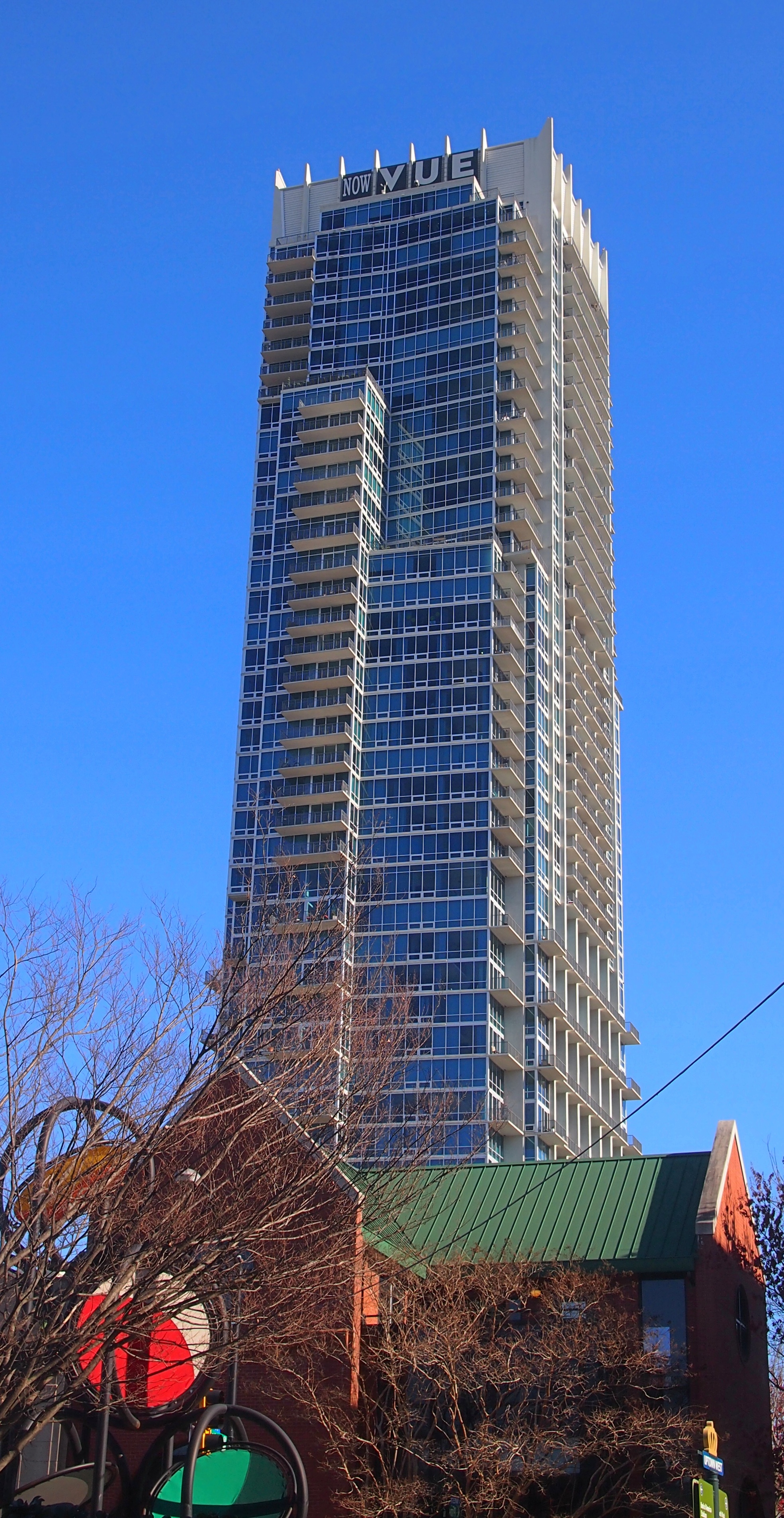
I also spotted some Uptown Charlotte artwork, such as “Grande Disco” (1974) by Arnaldo Pomodoro, a Milanese sculptor who’s still alive, at last report, at 95.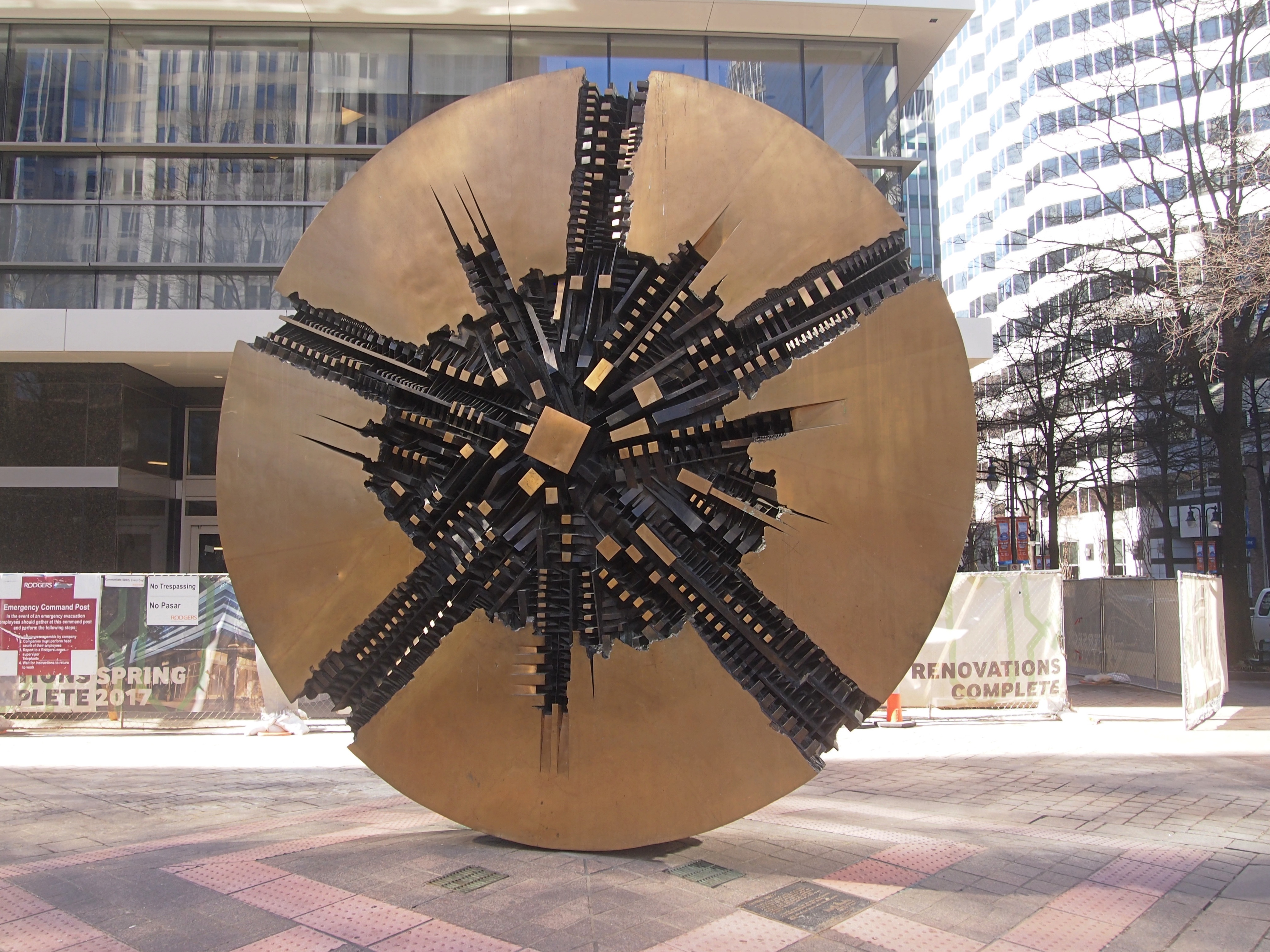
It’s in a plaza near the intersection of Tryon and Trade streets. At the four street corners of that intersection are four sculptures — allegories representing Commerce, Industry, Transportation, and The Future, by Raymond Kaskey.
I only have presentable pictures of two of them. Apparently this is Commerce, which was kicked off in the area in the 1830s when gold was discovered.
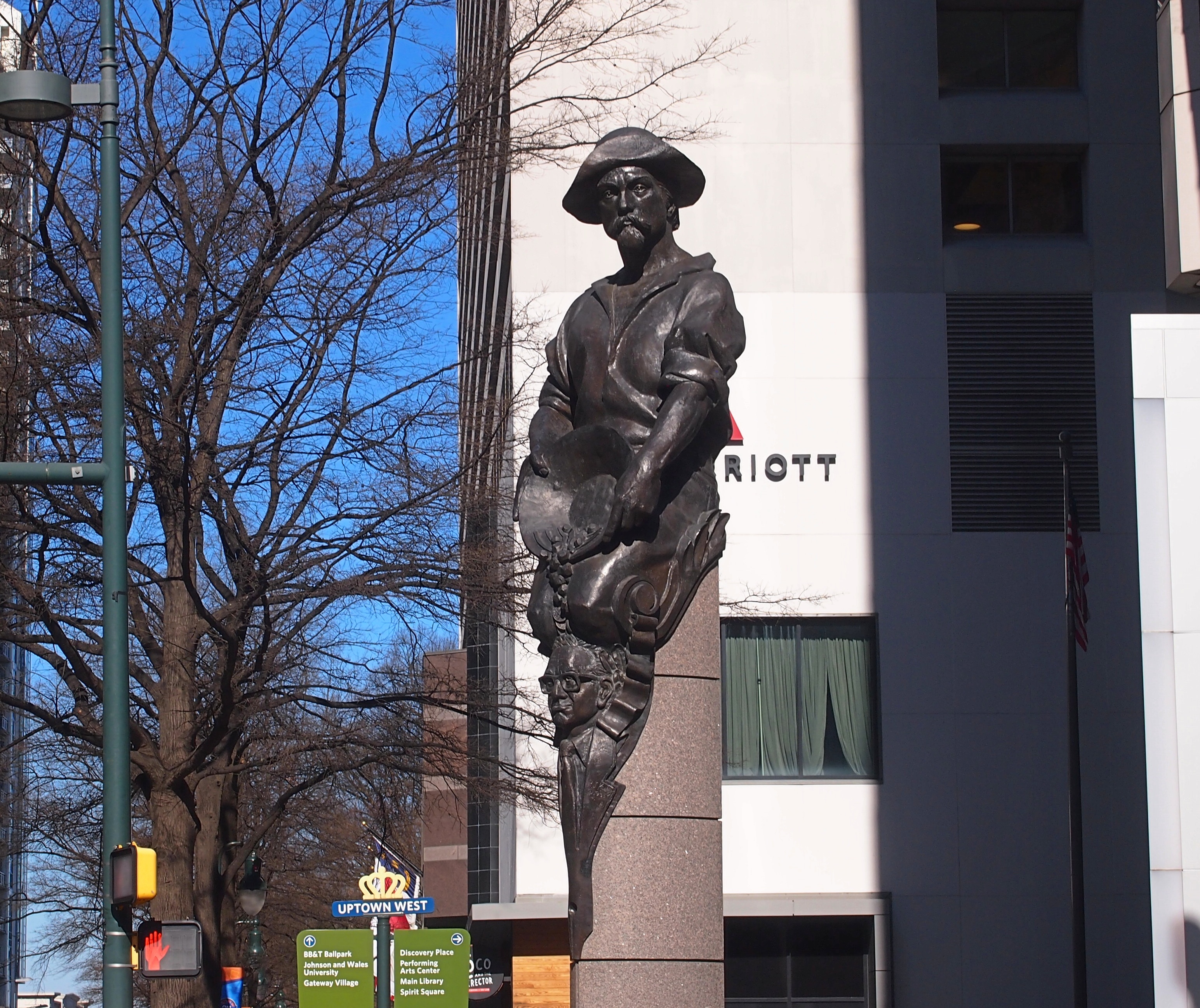
For Industry, a woman wearing textiles. Because that was an early industry in the region. More about the sculptures is at an article published by WCNC the same year I visited.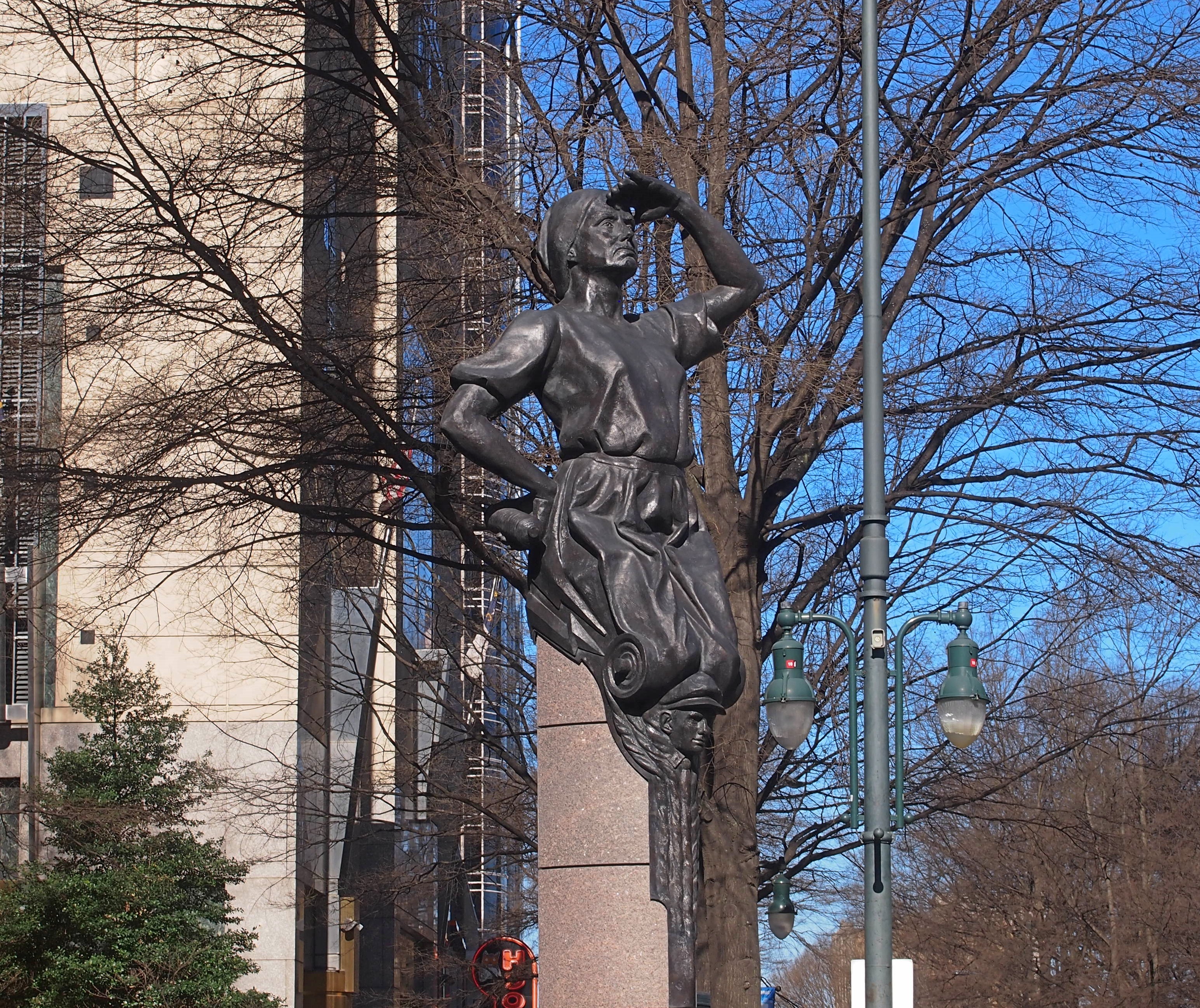
I can’t track down this memorable image, and I didn’t take notes, but it was on a brick wall not too far from Tryon St. Maybe it’s gone now.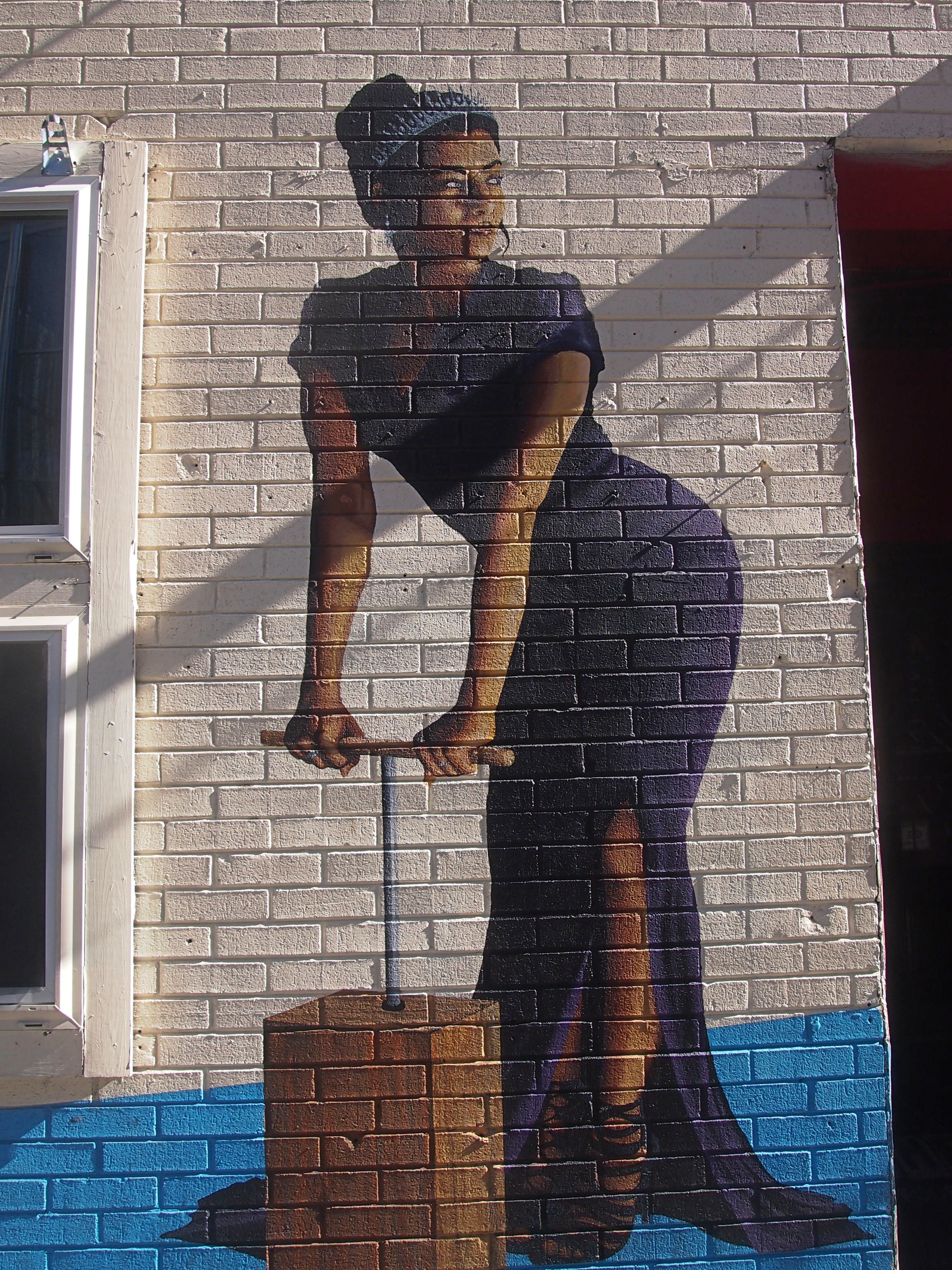
Something that’s definitely not on Tryon St. any more, but it was when I wandered by in 2017: a memorial to Judah Benjamin.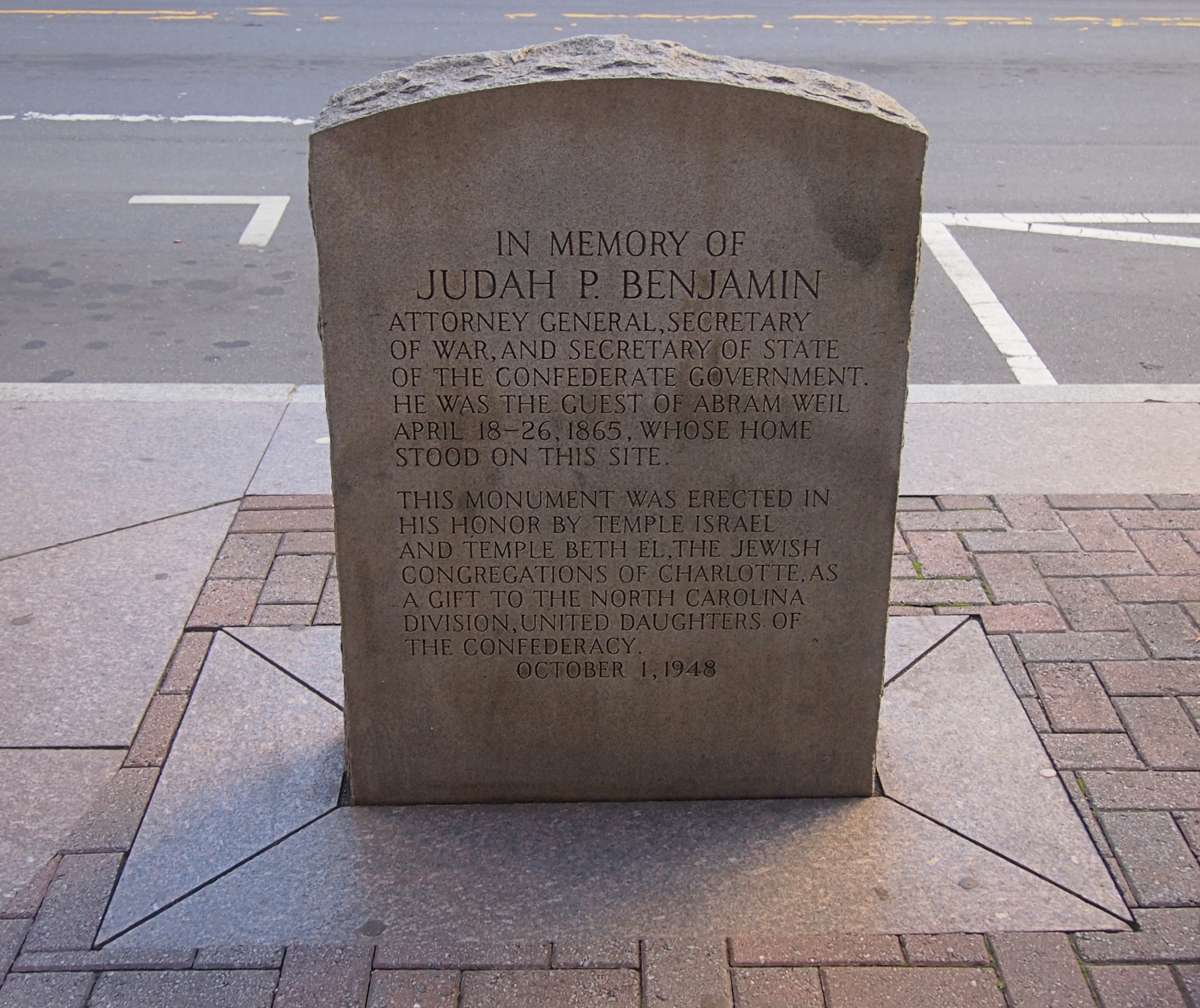
“Though Benjamin had no connection to Charlotte — his only tie was a week he spent hiding there after the end of the Civil War — the United Daughters of the Confederacy presented the granite monument to the city [in 1948], choosing the spot of his supposed few days in hiding,” Smithsonian magazine says.
It was a dowdy thing, and I feel certain that the memorial was ignored by almost everyone until the summer of 2020. Then it got some attention.
“Steps away from the monument, a new Black Lives Matter street mural, commissioned by the city, burst into colorful view this summer [2020],” Smithsonian continues. “Around the same time, city workers finally extracted the Benjamin stone after a protestor spray-painted it with ‘BLM’ and took a sharp implement to it, though a spokesman says the city is ‘evaluating how best to preserve’ it.”
